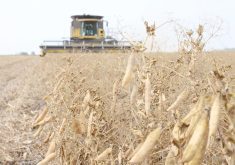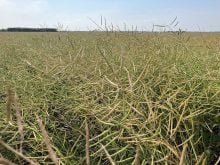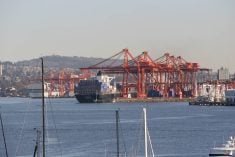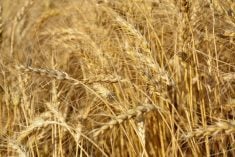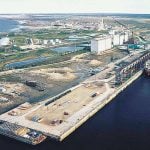LANIGAN, Sask. – Canada’s hay crop is getting smaller, and producers’ reluctance to fertilize is mostly to blame, researchers have found.
With the exception of the Maritimes, Canadian farmers have steadily harvested less hay per acre in each of the past 30 years.
Researchers at Saskatchewan’s Western Beef Development Centre (WBDC) and the Agriculture Canada research centre in Brandon studied declining hay production and determined that the reduction in hay yields paralleled rising fertilizer costs.
Producers, not knowing whether they would have enough rain in a given season, are reluctant to pay for fertilizer that may not deliver an increased yield in the same or the following year.
Read Also
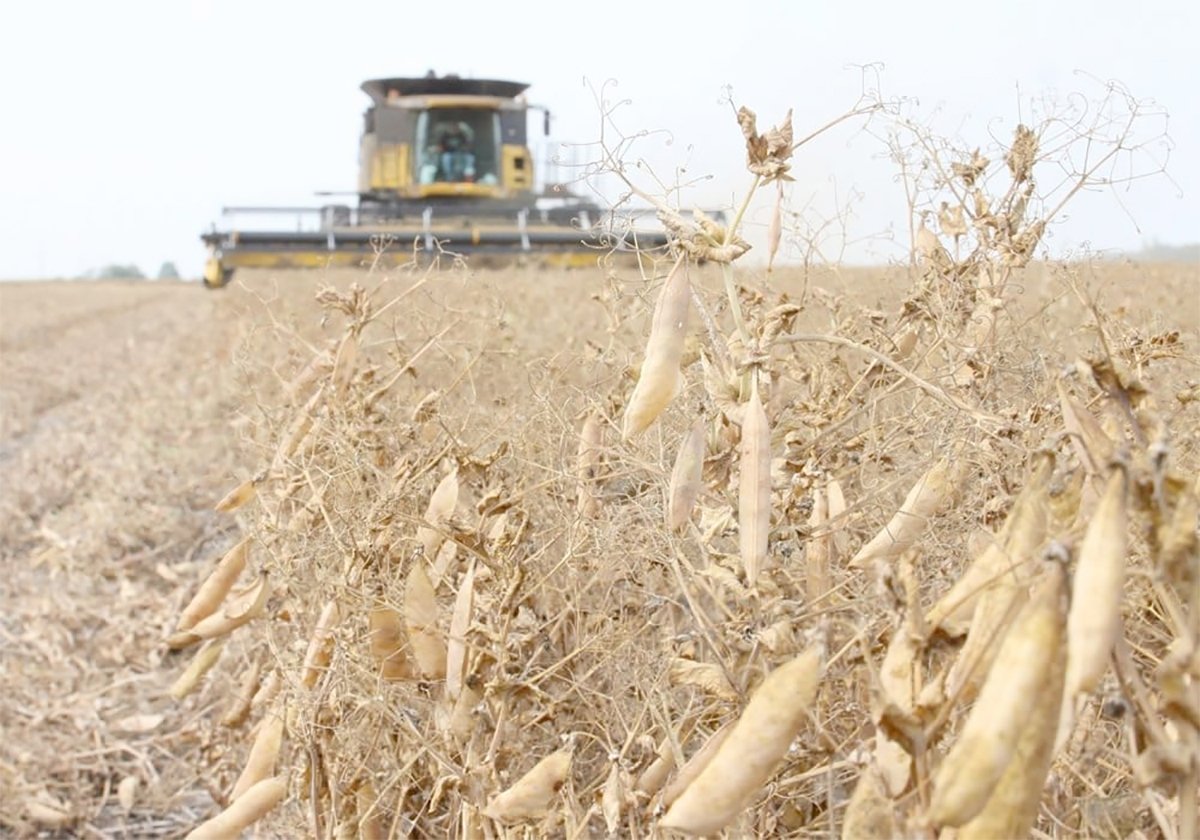
Chinese, Indian tariffs take toll on pea prices
The disruption of pea exports from Canada’s largest customers will likely result in slow pea exports for the remainder of the crop year.
Production declines are substantial. In British Columbia, hay yields tumbled to an average 1.3 tonnes from 2.75 tonnes per acre. In Saskatchewan, they fell to 0.85 tonnes from 1.4 tonnes. The losses, while significant, appear to have been absorbed by the industry. Similar reductions were found from Quebec to B.C.
Paul Jefferson of the WBDC said the declining hay production is more important than many people think.
“Eighty percent of the cattle in Canada rely on that forage,” he said.
The loss is causing producers to use the land more intensively by doing more cuts or grazing it longer to make up for the failing yields. This increases per head costs to the grower at a time when margins are tightening.
Some of the suspected culprits were global warming and overharvesting.
Researchers looked at the differential between the overnight lows and mid-day high temperatures during the June-July haying period. They examined the rainfall data and whether rising carbon dioxide levels in the atmosphere were to blame.
It turned out that rainfall has been steady over the 20 year period from 1986 to 2006 and carbon dioxide levels that rose to 375 parts per million in 2003 from 330 ppm in 1973 appear to improve growth. However, most of that takes place underground in the root system.
The researchers also looked at government policies that encourage converting poor classes of soil to permanent cover crops. It was thought that the expanded use of poor land and its resulting lower forage yields might have been skewing the average per acre yield measurement. But that wasn’t the issue either.
“In the end, it appears it was something much more basic – fertilizer prices,” said Jefferson.
Researchers did attribute four percent of yield reductions to rainfall, six percent to overharvesting and six percent to temperature change.
The lion’s share of the hay yield drop, 38 percent, is because of a lack of nutrients in the soil.
Jefferson said cattle margins have been narrow enough and markets so uncertain since the discovery of BSE that growers haven’t been willing to risk money on expensive forage fertilization.
“Hay is still the foundation of our cattle industry and producers should examine the economics of improving their pastures and hay crops carefully,” said Jefferson.


